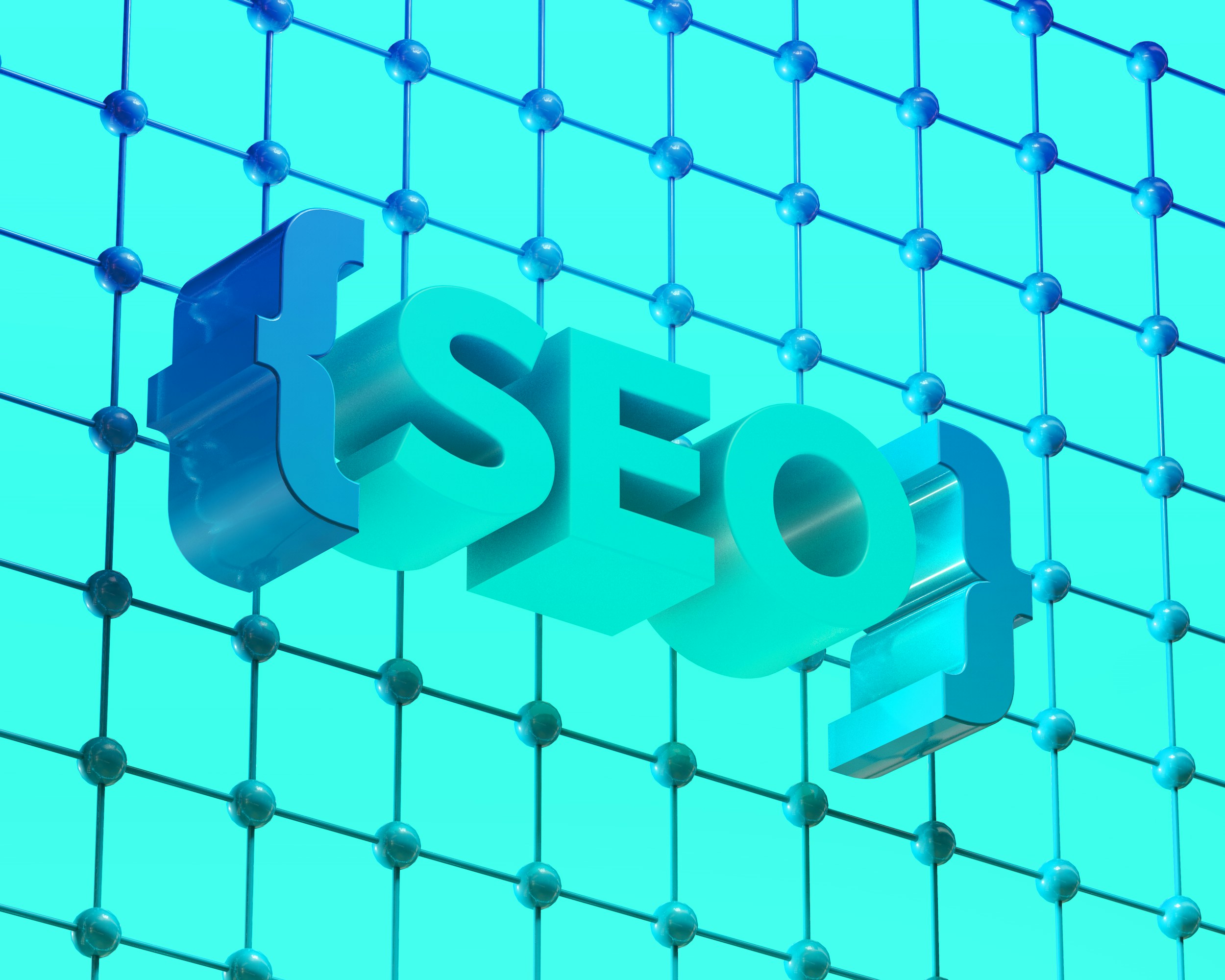Make Content Like It’s 2024 (No Really)

How IT Vendors Can Position Themselves For Both AI Discoverability and SEO Dominance
In today’s content-driven marketing landscape, vendors in the IT channel face a unique dual challenge: getting discovered by both human buyers and machine intelligence. As large language models (LLMs) like ChatGPT, Gemini, and Claude become more common in B2B research workflows, the need to be referenced, indexed, and summarized by these tools is more critical than ever.
But here’s the catch — these models aren’t scraping the internet in real time. They’re trained on publicly available data up to a fixed cutoff date. For ChatGPT, that date was June 2024. So if you want to show up in AI-powered answers in the future, you need to think about content creation and distribution like it’s still 2024, because the next training period and cutoff date will soon be on the horizon. In other words, you need to be creating and distributing content at scale, now!
This post is your guide to doing exactly that — and how ChannelBridge.ai helps make it easy, at scale.
Why LLMs Won’t Reference Your Brand (Yet)
Here’s what most marketers get wrong:
Just publishing content on your corporate blog or issuing a press release doesn’t guarantee inclusion in an LLM’s training data. These models are trained on a mix of licensed, publicly available, and high-authority data — and most corporate content gets left out unless:
-
It’s widely linked from other authoritative domains
-
It’s indexed and crawled frequently by search engines
-
It’s included in datasets commonly used to train models (like Wikipedia, news archives, etc.)
In other words, if your content doesn’t travel, it doesn’t get seen — not by buyers, not by search engines, and certainly not by AI.
From Partner Marketing to AI Visibility
To state the obvious, through-partner marketing is extremely important. In today’s landscape, buyers are working with up to 8 different partners during their purchase process. As such, partners largely own marketing. However, in the context of AI-powered overview answers and the need to be indexed in and referenced by the models themselves, partner websites are also serving as content distribution nodes that help you scale content indexation. Scaling content indexation translates directly to being visible to AI models. The more visible you are to AI, the more likely it will be that your content is referenced. By using a tool like ChannelBridge.ai, vendors can:
-
Automatically syndicate their latest content (e.g. case studies, product updates, blogs) to all participating reseller websites
-
Scale backlink generation across a large network of channel partner domains
-
Increase indexation rates for existing and new content
-
Strengthen topical authority in both traditional SEO and AI search summaries
-
Position content to be included in future LLM training data due to its wider reach and referenceability
Why Indexation + Backlinks Matter (Even for AI)
Most language models are trained using content that’s:
-
Public
-
Prominent
-
Frequently referenced or linked
This is where ChannelBridge.ai becomes a force multiplier. By automating content delivery to hundreds or thousands of partner websites, you massively increase your digital footprint — without needing additional media spend or manual syndication efforts.
Each partner site acts as a content mirror, and each link back to your owned domain builds your backlink profile — a traditional SEO win, yes, but also a signal to AI training pipelines that your content is reputable and valuable.
Checklist: Making Your Content Discoverable by AI (and Humans)
Want to improve your odds of being indexed by a model like ChatGPT in the next training cycle? Follow this roadmap:
✅ Write high-quality, educational content relevant to your products and customers
✅ Host that content in crawlable formats (HTML over PDF when possible)
✅ Use schema markup and follow SEO best practices
✅ Distribute that content to your reseller network automatically via ChannelBridge.ai
✅ Encourage backlinks by embedding links in syndicated content
✅ Get listed in public directories, marketplaces, or review sites (like G2 or Capterra)
✅ Pursue media mentions or press releases on indexable sites
✅ Create a Wikipedia entry if your brand meets notability standards
TL;DR: Make Content Like It’s 2024
Your future visibility in search — both traditional and AI-powered — depends on what you do right now. If your content isn’t easily accessible, broadly distributed, and frequently linked, you’ll miss the chance to show up in buyer research workflows, search engine summaries, and AI-generated answers.
ChannelBridge.ai makes this scalable by automating the distribution of your content across the most important network you already own — your reseller base.
If you want to future-proof your marketing and start being the answer buyers find, it’s time to make content like it’s 2024.
Ready to automate? Reach out to us today!





